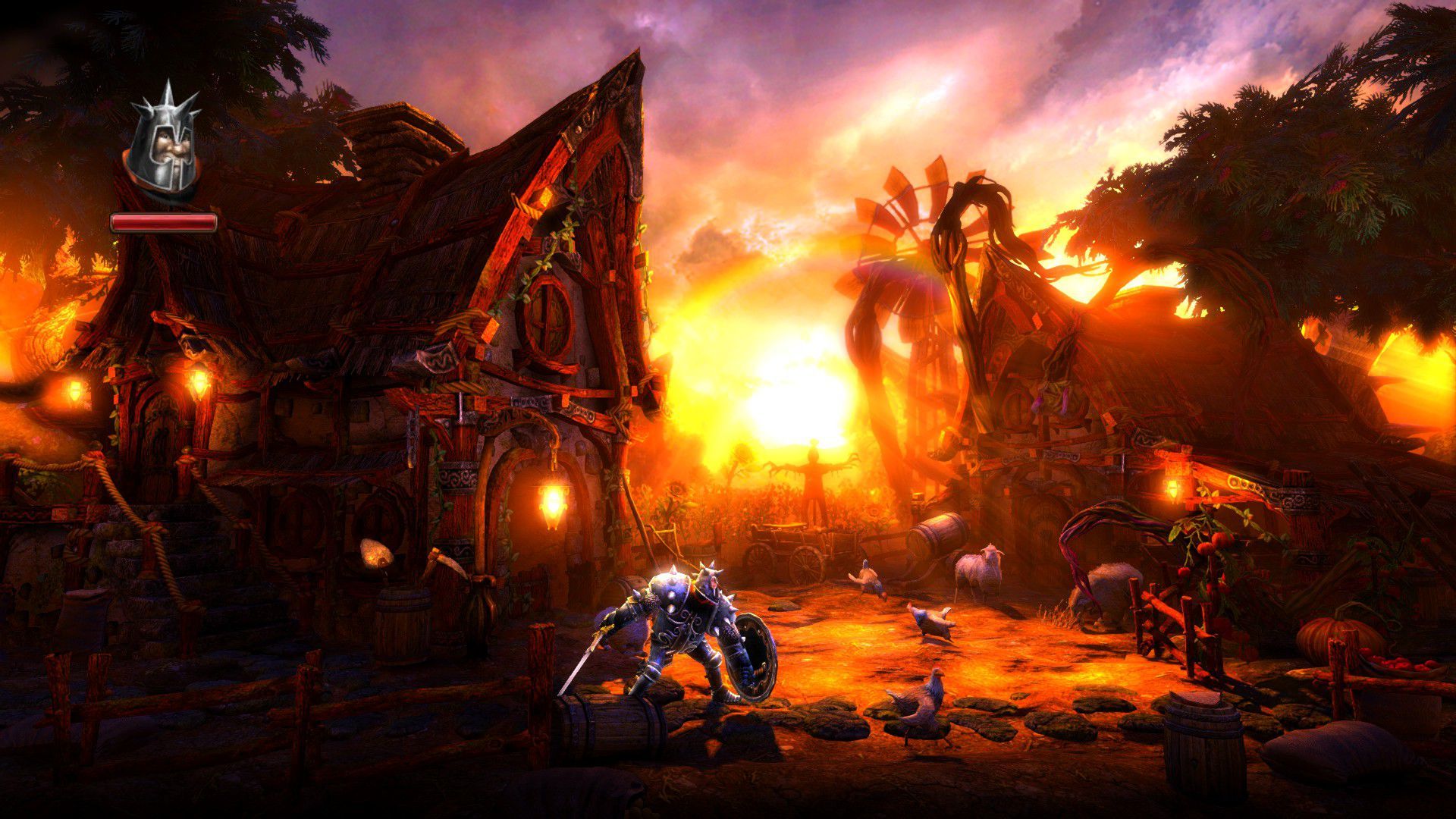
What could be a cluttered interface during play actually seems clean and well organized. This screen also serves as a handy reminder for when you have unused skill and stat points to redeem, which happens more often than you might think. The loading screen cycles through an abundance of helpful hints about different classes or convenient controls, so even when you’re not playing, you’re becoming an expert on the mechanics.

The minimap shows clear indicators of quest givers (a symbol that lights up when you’re able to return for more directions or a reward), the quests themselves, special locked chests, your current objectives, Waypoint portals (teleporters that take you from one place to another), and other important locations. Everything about the game’s design facilitates navigation, quest completion, and basic comprehension of how the game works. That simplicity goes beyond point-and-click controls and keyboard shortcuts. Whether you’re a veteran action-RPG player or a newcomer, Torchlight II makes it easy to just jump in and play. The tougher spots took determination and strategy, but they didn’t keep me from progressing for long. While the difficulty increased with each act, the game never presented a bigger challenge than I could handle. Together, we mastered forests, deserts, and swamps - the three main but not exclusive locales you explore throughout the game.

For my pet, I chose a lizard-like Chakawary called Indy, thanks to a little help from the name generator.

For this review, I played for 22 hours (the time it took me to save the world on Normal difficulty) as a female Engineer - a steampunk-styled character who uses Ember-powered weapons and armor (Ember is the magical mineral that powers many items and abilities).


 0 kommentar(er)
0 kommentar(er)
